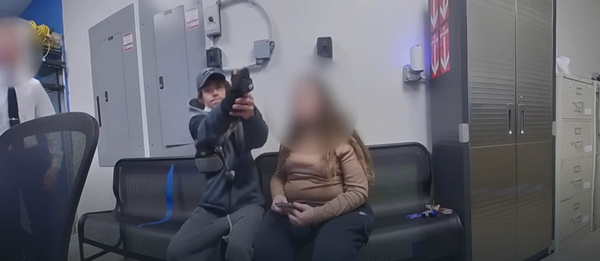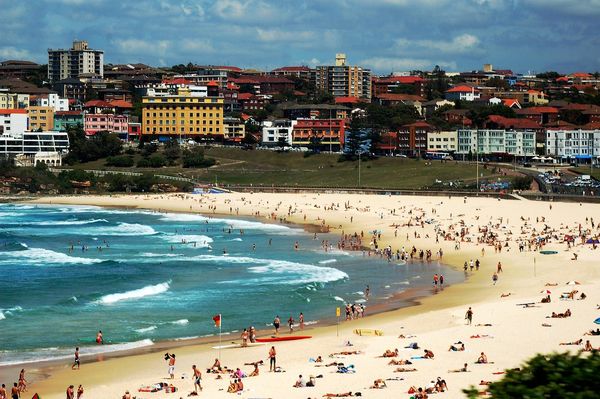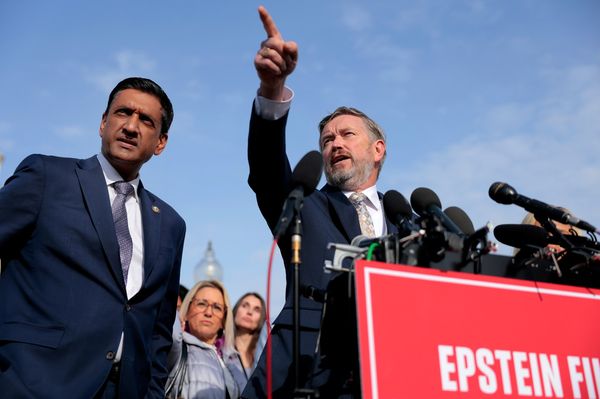If you’ve ever taken the London Underground, you’ve probably heard the familiar voice of a tube driver over the intercom, reminding you to “stand clear of the closing door”, but there’s a lot more going on behind the scenes than just driving a train from one station to the next.
Every day, drivers are in charge of transporting thousands of passengers through London's busy underground network.
They’re the ones starting and stopping the train, watching for signals, keeping an eye on how the train is performing, and making sure it’s safe to open and close the doors at each station.
A tube driver’s main job is to operate the train safely and make sure everything runs on time. That might sound simple, but there’s a lot of focus and responsibility involved.
Trains nowadays use automated signalling. On these, the driver is responsible for determining when to close the doors and leave the station. In addition, he or she has the ability to override the system in the event of an emergency, like a customer falling on the track.
In order to notify passengers of delays and their causes, drivers also keep an eye on the equipment on board and utilise the train's public announcement system.
How shifts work
In order to provide insight into the profession, @tubedriversarah frequently shares her experiences in TikTok videos.
Each shift begins with a book in.
“I've booked onto work and that's just to say that I'm fit and healthy, ready for work, nothing in my system that would affect my ability to drive, and then I go and pick up my work bag from my locker and then make my way to my first train.” she explained.
Being a tube driver isn’t your typical 9-to-5 job. Shifts can start very early in the morning or go late into the night, including weekends and holidays. Lead negotiator for Aslef, Finn Brennan, previously shared with the BBC that shifts begin as early as 04:45am and end as late as 01:30am.
Sarah, 33, who drives the Bakerloo line says she tends to go for evening shifts.
“As a whole, I mostly do late shifts because I am a night owl. The late shift patterns tend to suit me better because I sleep a lot better.” Sarah shared.
@tubedriversarah #vlog #workvlog #cometowork #tube #womantraindriver #traintok #tubetok #londonunderground
♬ original sound - Tube Driver Sarah ❤️
In one video, she starts with two 'rounders' from Elephant & Castle to Queen's Park, which she defines as a trip from one end of the line to the other and back (twice). Sarah estimates that this takes slightly over two hours.
Drivers can eat and take an hour-long break in the staff rooms, which are usually located at the end of the queue when they clock in for a shift.
Since they frequently fall into strict schedules, it goes without saying that there is no time to use bathroom facilities while travelling from one end of the line to the other, as they are transporting countless passengers between stations nonstop.
The usual workweek for tube drivers is 34 or 36 hours, spread out throughout a shift cycle. Under the new four-day arrangement, longer stints last roughly eight hours and 30 minutes. Drivers have a rotating roster with varied shift lengths and rest days.
And when a driver's workday is over, what happens to the tube? Sarah, who was working the late shift and driving the last southbound Bakerloo route had to “empty the train out, close it up, and shunt it back to the London Road depot”.
“This move requires going from Elephant & Castle past Lambeth North to the limit of the shunt, and then you change ends in the tunnel and go back up into the depot,” Sarah added.
“For every depot you have travelling time, so if you finish at the other end of the line, you need to be able to get back in time to get home. I will never finish at Queen’s Park at midnight or 1 am because that wouldn’t be enough time to get to the other end of the line without getting a staff taxi.”
Sarah explains that all staff are given access to a taxi for the late shift but this must be pre-arranged.
How do you become a Tube driver?
To get the job, you need to go through some fairly intense training. Transport for London (TfL) puts drivers through several months of learning, from classroom sessions to hands-on practice with real trains. Once they’re qualified, drivers continue to take part in regular refresher courses to stay up to date with safety procedures and new technologies.
Applying for an internal position at Transport for London (TfL), such as a Customer Service Assistant, is typically required in order to become a London Underground (Tube) driver. Once you have experience, you can then apply for the internal driver training program.
A competency-based interview, a medical examination, and evaluations will all be part of the extensive hiring process. Strong focus, meticulousness, and self-reliance are necessary for the position, in addition to rudimentary proficiency in arithmetic and English.
The minimum age for Tube driver training has recently been lowered from 20 to 18. For other national rail providers, the minimum age for driver training is typically 21.
How much do Tube drivers earn?
The yearly pay for a Tube operator, or driver, in April 2024 was £65,179, while advanced operators earned £75,677, according to data uncovered by a recent Freedom of Information (FOI) request issued to TfL.
While the overtime rate per hour for a standard driver was £44.62 and £49.00 for advanced drivers.
Perks and cons
A tube driver under the username TrainOperator has revealed the perks of the job on Reddit stating that it offers a generous salary, free travel on oyster card, and a great work-life balance.
“The money is good, the benefits are good. Honestly the best part of my job is that I don’t need to take anything home and actually have a real work life balance.
“I stable my train in the depot, or hand it over to another driver, and I just go home.
“There is nothing to worry about when I’m at home like deadlines or meetings, no one calls or emails me on my time off. I literally just come in, drive my train, go home.”
The TfL website reveals other rewards include salary pension scheme, minimum of 29 days annual leave plus public holidays, retail, health, leisure and travel offers including discounted Eurostar travel.
Other perks include tax-efficient childcare payments and a 75 per cent discount on National Rail Season Ticket and interest-free loan.
One tube driver Sarah Chipperfield, who drives the Northern line, says that one perk of the role is that drivers get to share their personality with commuters.
“I think that bringing smiles to the faces of our customers and train operators sharing their personalities is part and parcel of what operating trains on the London Underground is all about,” the mum-of-three told the Mirror.
“I’m on the frontline of a world-class service – it brings immense pride to be able to do what I do and to wear the roundel, and that reflects in my efforts to give back to the city of London by spreading some joy to our customers.”
Ms Chipperfield added that another perk was the role allows her to work around her children.
She said: “Transport for London were advertising externally for night tube roles so I crossed my fingers and applied. I work two days a week (Saturday and Sunday) and during the week I’m at home with my three children.”
In terms of the cons, a Tube driver has answered a few questions on Reddit for an Ask Me Anything (AMA) session. The now deleted account said getting assaulted by members of the public has to be a major con.
The Tube driver said: “We always get assaulted at work by members of the public. My colleagues have been stabbed or chased with machetes, punched etc. Many drivers have started to avoid wearing full uniform because of it.”
And in terms of the driver, the most scariest encounter had to be when “Group of angry football fans at Wembley Park trying to throw me on the track.”
The extreme shift patterns is another major con drivers often complain about and it is one of the key topics for this week’s tube strike.
The majority of the London Underground will be out of action until September 12 as drivers strike over pay and conditions.
“This strike is going ahead because of the intransigent approach of TfL management and their refusal to even consider a small reduction in the working week in order to help reduce fatigue and the ill health effects of long-term shift work on our members,” RMT Union told BBC News.
“We believe a shorter working week is fair and affordable particularly when you consider TfL has a surplus of £166m last year and a £10bn annual operating budget.”
Even though it can be demanding, many tube drivers really enjoy the job. At the end of the day, they’re helping keep London moving, one journey at a time. So next time you hop on the Tube, spare a thought for the person up front making it all happen.







